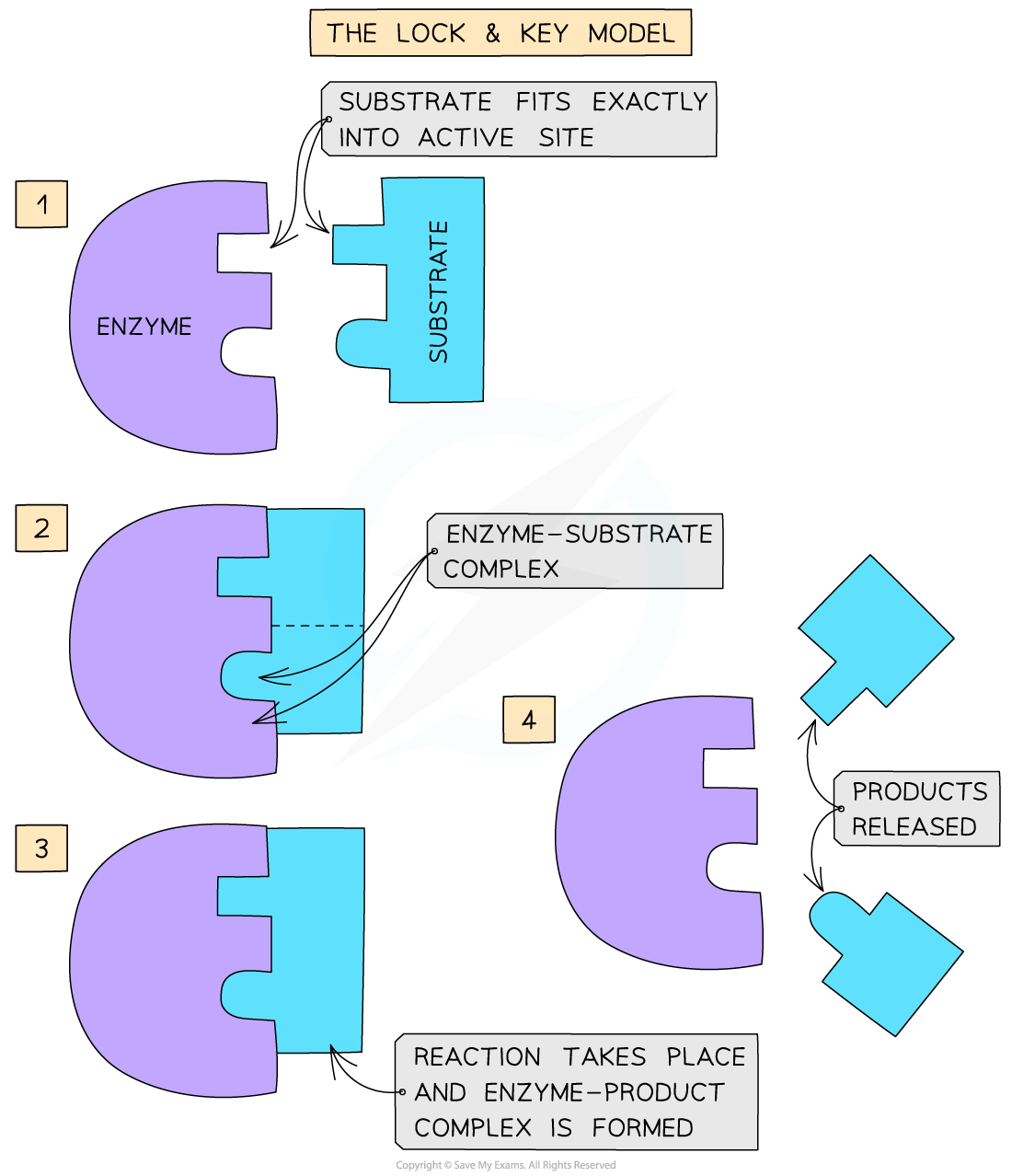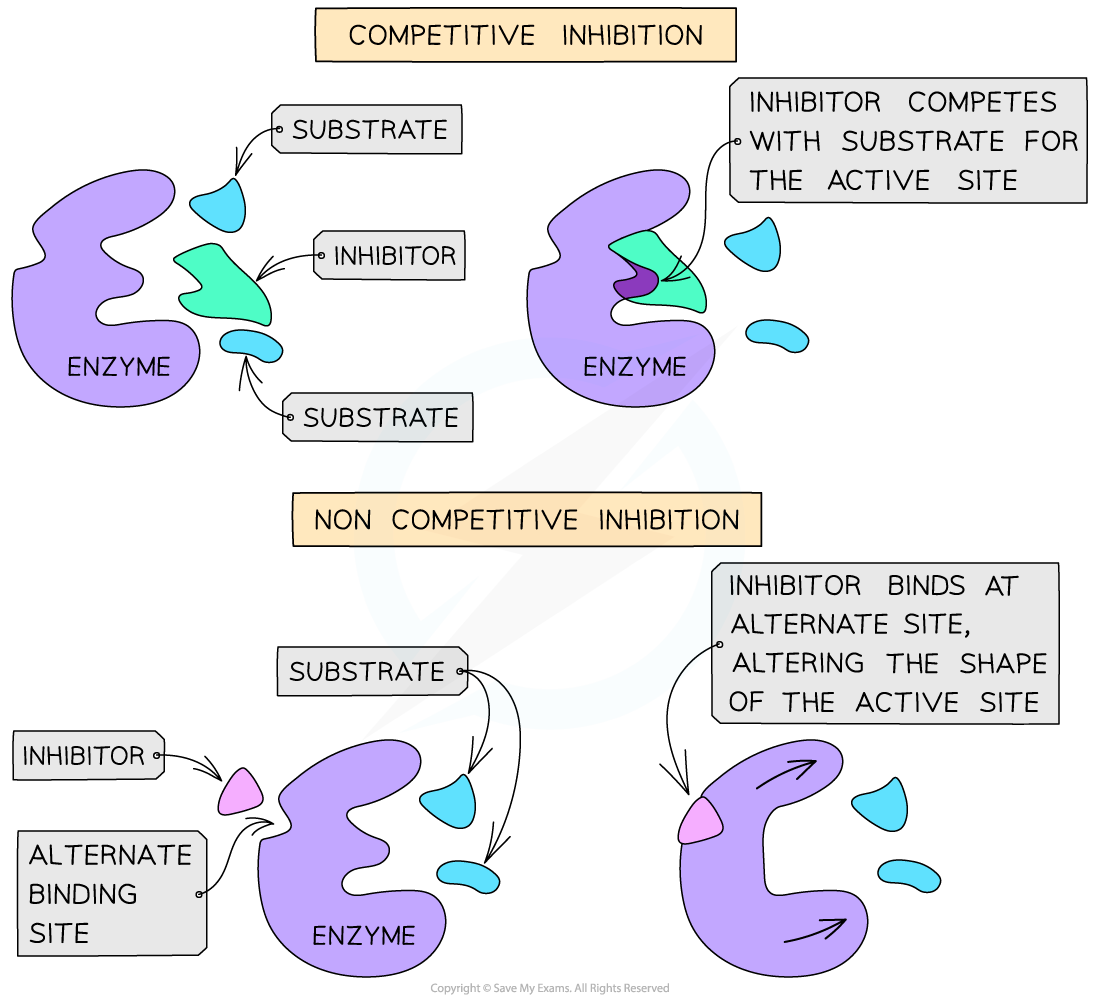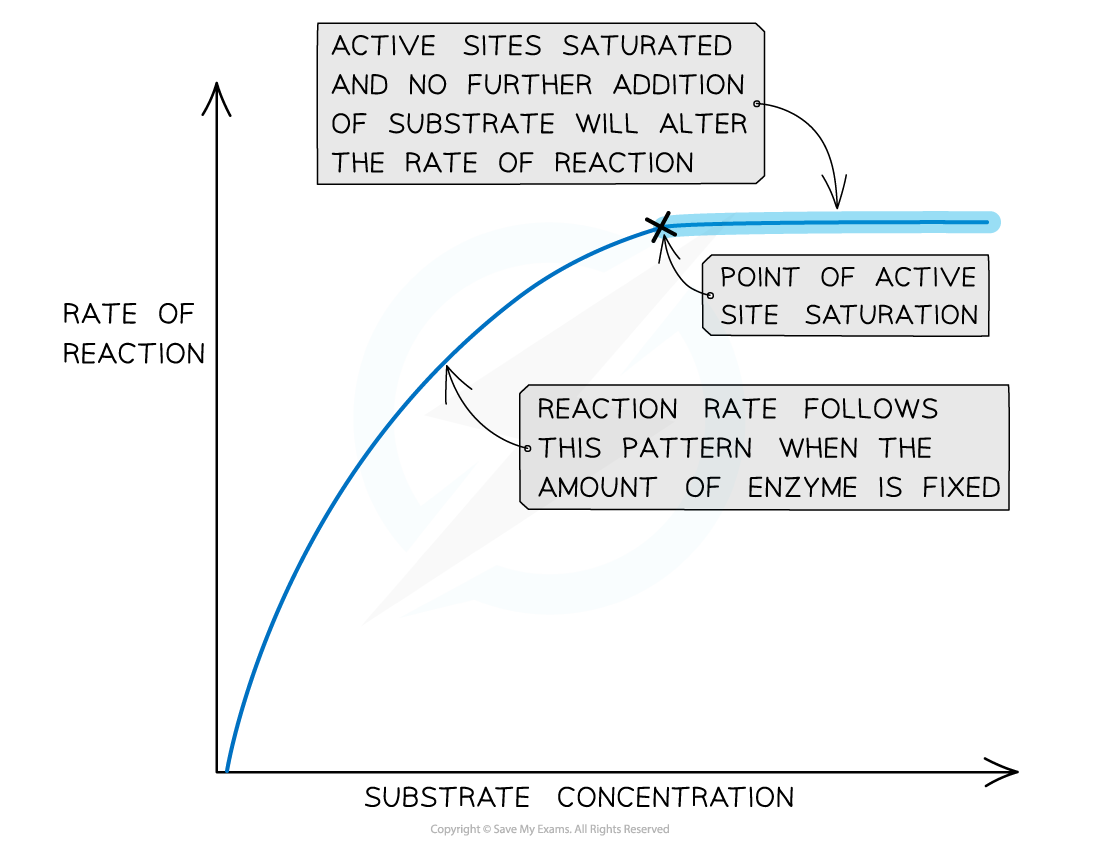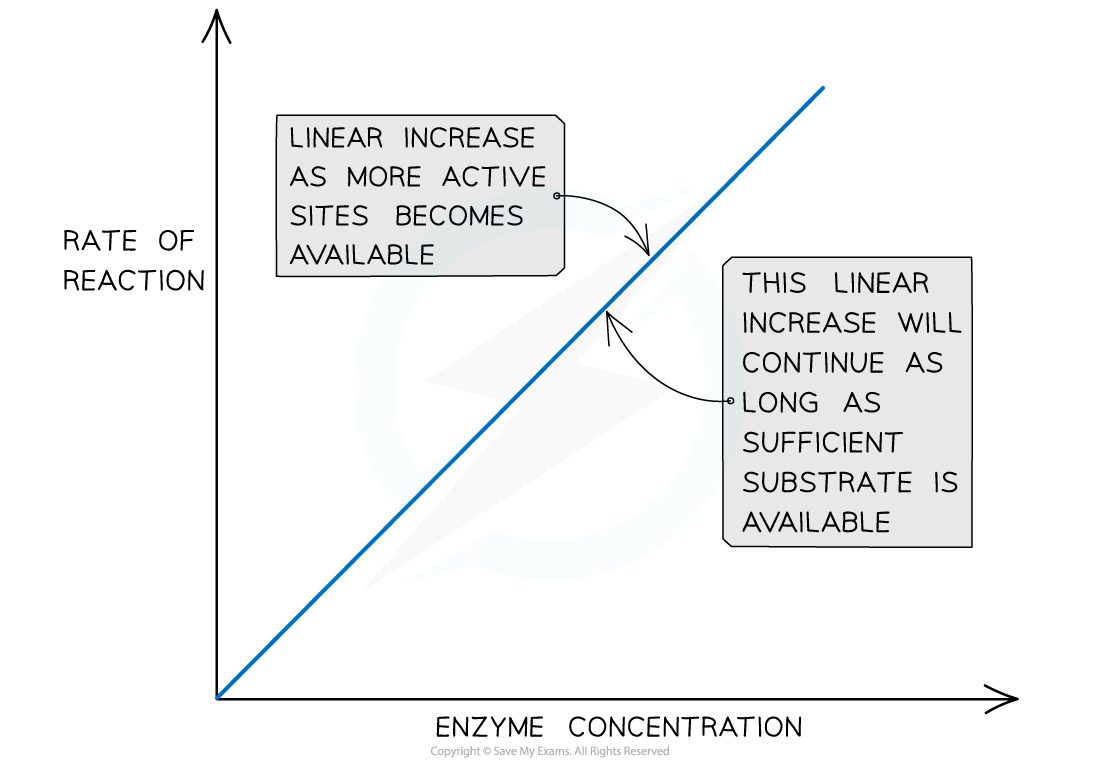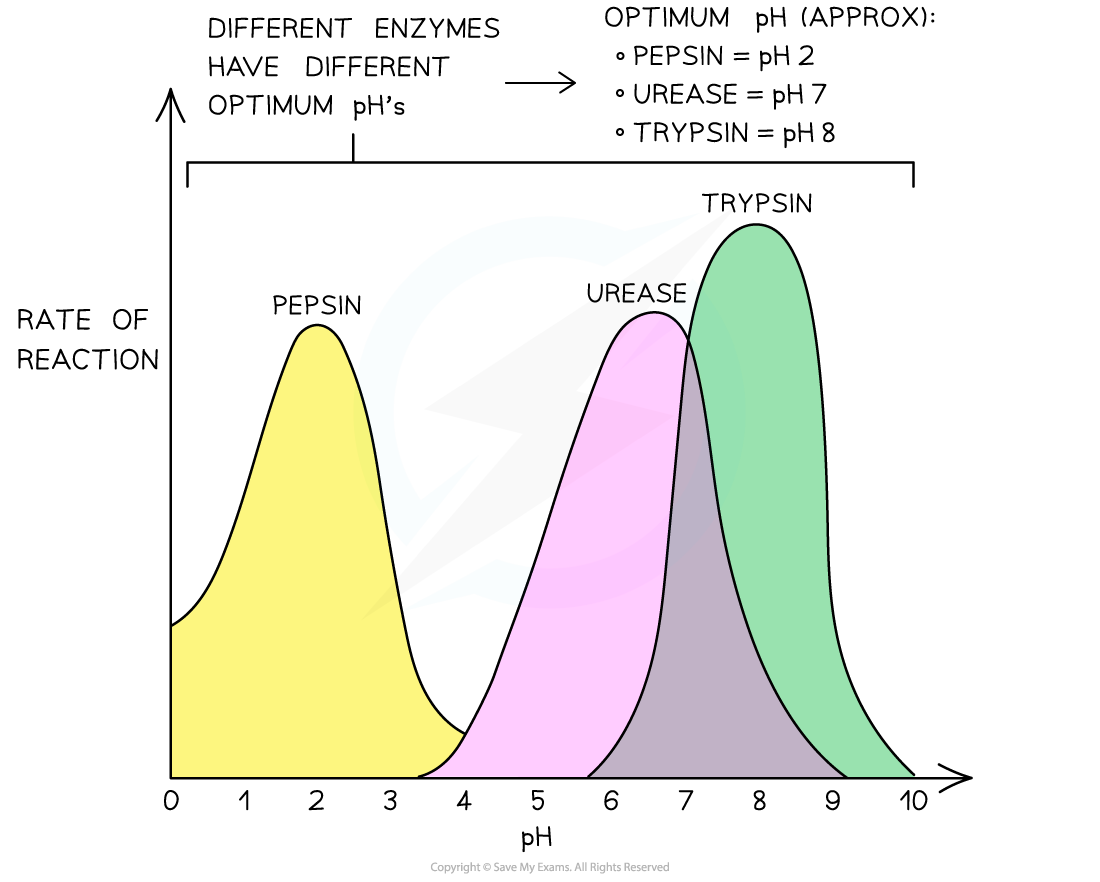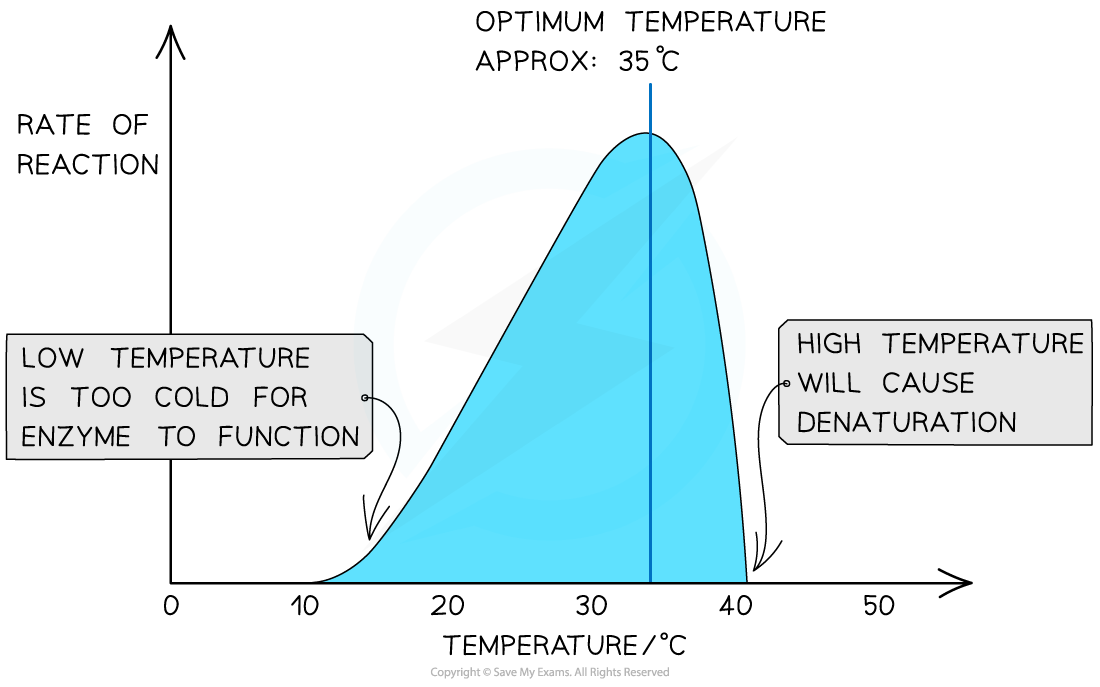AQA A Level Biology复习笔记1.4.14 Practical Skill: Controlling Variables & Calculating Uncertainty
Practical Skill: Control of Variables & Uncertainty Enzyme rate experiments are experiments that are carried out to determine the effect of changing a particular factor on the rate of a ...

